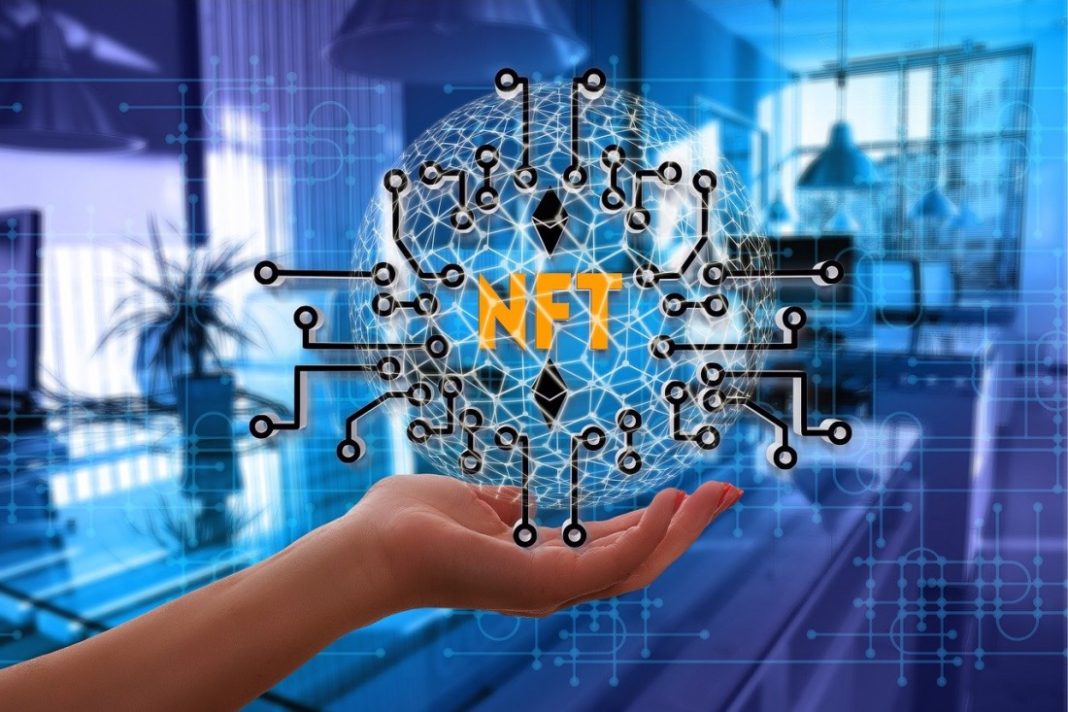In recent times, the world of blockchain technology has opened the doors to a unique form of asset called Non-Fungible Tokens (NFTs). Whether it’s digital art, music, or virtual real estate, NFTs are transforming the way we perceive and value virtual properties. This article will offer a comprehensive overview of NFTs and guide beginners on how to get started with this novel concept.
Understanding NFTs: A Brief Overview
Non-Fungible Tokens (NFTs) are a type of digital asset that represent ownership or proof of authenticity of a unique item or piece of content, using blockchain technology. Unlike cryptocurrencies like Bitcoin or Ethereum, which are fungible and identical to each other, NFTs are unique and can’t be exchanged on a like-for-like basis.
Applications of NFTs
NFTs can represent a multitude of digital and tangible assets, including digital art, collectibles, virtual goods in online games, music, and even tweets. They provide proof of ownership, provenance, and authenticity, enabling artists and creators to monetize their work in new ways, and giving collectors verifiable proof of ownership.
Getting Started with NFTs: A Step-by-Step Guide
- Understanding Blockchain and Cryptocurrency: Since NFTs are built on blockchain technology and are often purchased with cryptocurrencies, the first step is to familiarize yourself with these concepts. Educate yourself about blockchain technology and how cryptocurrencies like Ethereum work.
- Setting Up a Digital Wallet: To buy or sell NFTs, you will need a digital wallet. A digital wallet allows you to store and manage cryptocurrencies. Some popular digital wallets that support NFTs include MetaMask, Trust Wallet, and Coinbase Wallet.
- Buying Cryptocurrency: After setting up your digital wallet, the next step is to buy cryptocurrency, typically Ethereum, which is commonly used for purchasing NFTs. You can buy Ethereum through various cryptocurrency exchanges.
- Choosing an NFT Marketplace: Next, choose a platform where you will buy or sell your NFTs. Some of the most popular NFT marketplaces include OpenSea, Rarible, and Foundation.
- Exploring and Purchasing NFTs: Once you’ve set up your wallet and chosen your platform, you can now explore and purchase NFTs. Make sure to do your research before making a purchase. Consider factors like the reputation of the seller, the history of the item, and its price history.
- Minting Your Own NFTs: If you’re a digital content creator, you might want to create and sell your own NFTs. The process of turning your digital asset into an NFT is known as ‘minting’. Various platforms like Mintable and Rarible can help you through the minting process.
In Conclusion
NFTs have unlocked a new realm of possibilities for digital ownership and the monetization of intellectual property. However, like any investment, they come with their risks and complexities. Always conduct thorough research, understand the market, and consider the environmental implications and transaction costs associated with NFTs. As the world of NFTs continues to evolve, it’s an exciting time to explore and engage with this burgeoning digital landscape.







